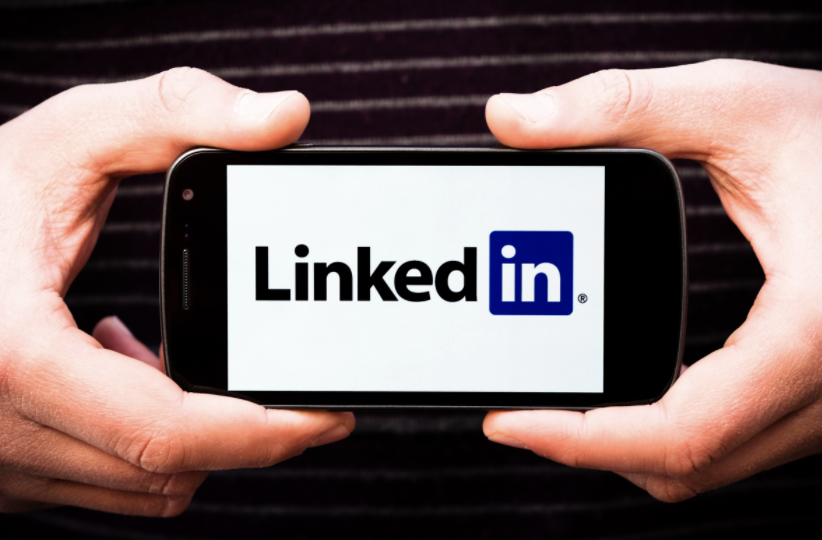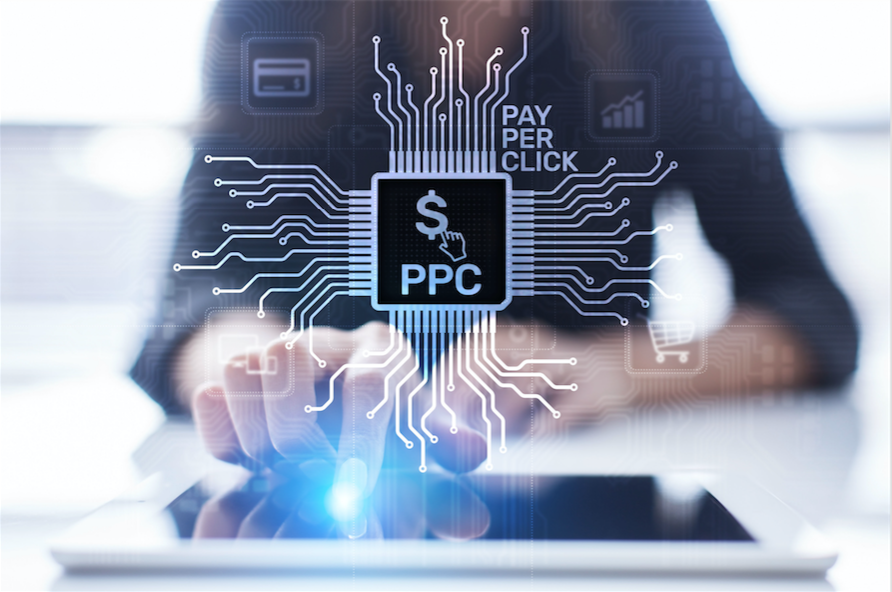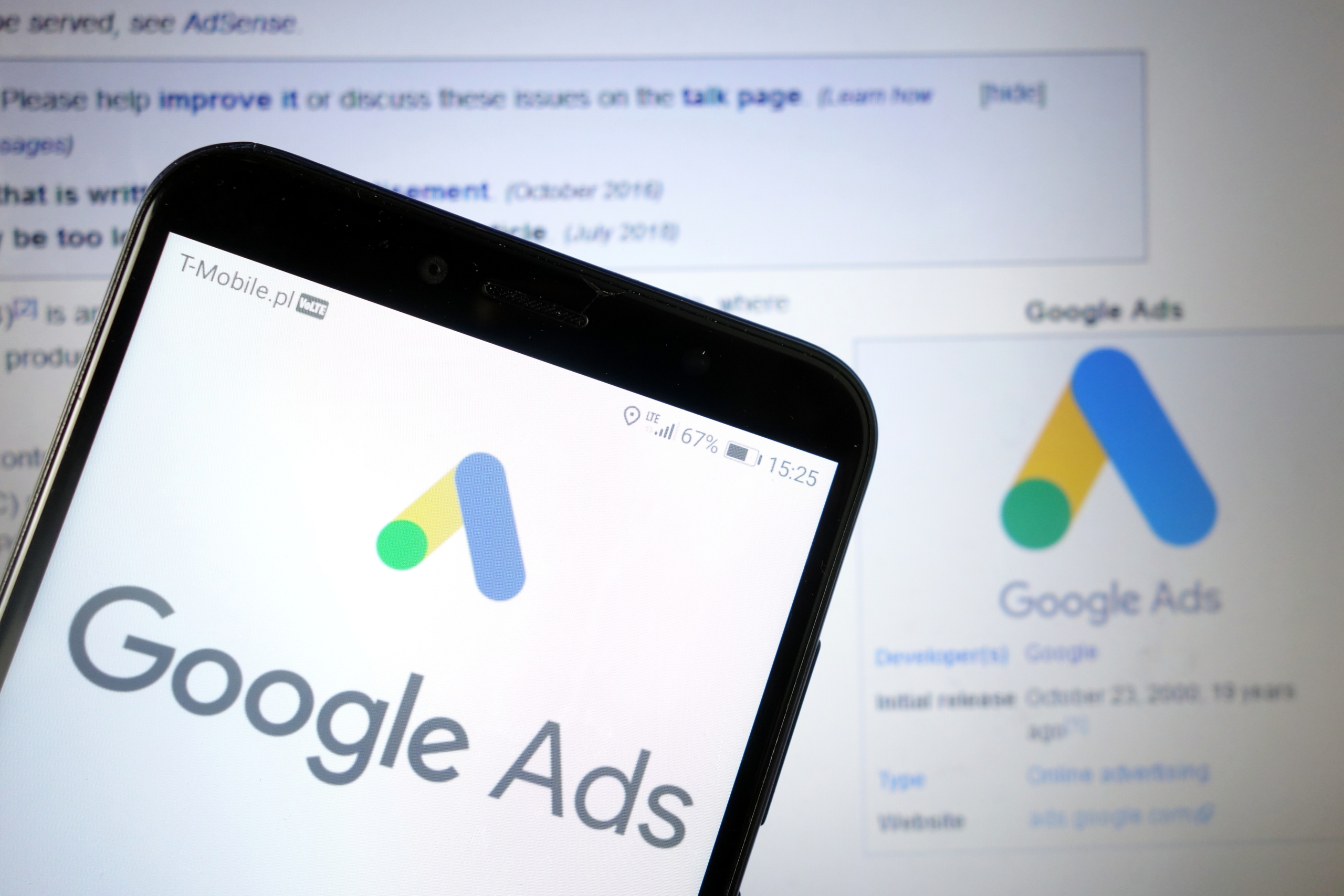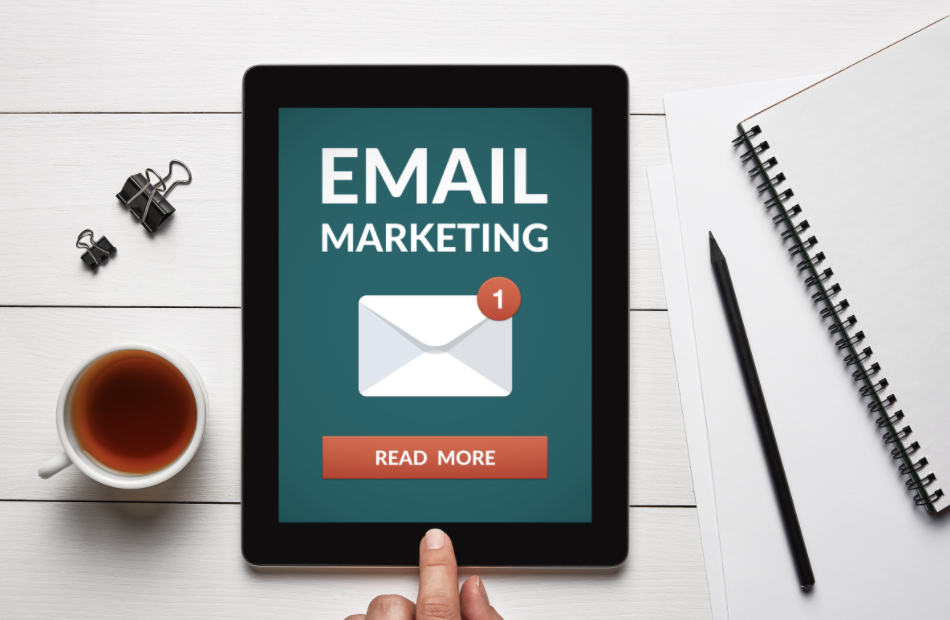Rising to the top of Google's search results is no simple feat, but definitely doesn't mean you can't win. Even if you aren't in position 1 you're still able to outrank it. How so? The holy grail
- Home
- Digital Marketing
Instagram is full speed ahead with the monetization of their platform and shows no signs of slowing down. But are you up to date with all of the latest and great changes that have recently come to
Effective paid search strategies are difficult to get right. You may have problems with budget, creative content, channel decisions and more. However, one of the biggest problems marketing departments have with the effective search engine advertising is
New information from Google and Search Engine Land revealed today brand new products and features to be implemented in Google Ads. These new updates include automated insights, Performance Max campaigns, releasing Video Action out of beta and
Say hello to your new favorite social media paid campaigns weapon: lookalike audiences. These types of audiences are the best way to target a brand new set of people who may not have any experience with your
Email marketing is one of the best ways to remain top-of-mind with your audience. According to Campaign Monitor, email is capable of driving a 4400% ROI and $44 for every $1 spent. The opportunity email presents is
A common question that Onimod Global experts are asked frequently, “How should I bid? CPM or CPC?” Google Ads are definitely the backbone of PPC. Within Google Ads and social media advertising, there are two main types















